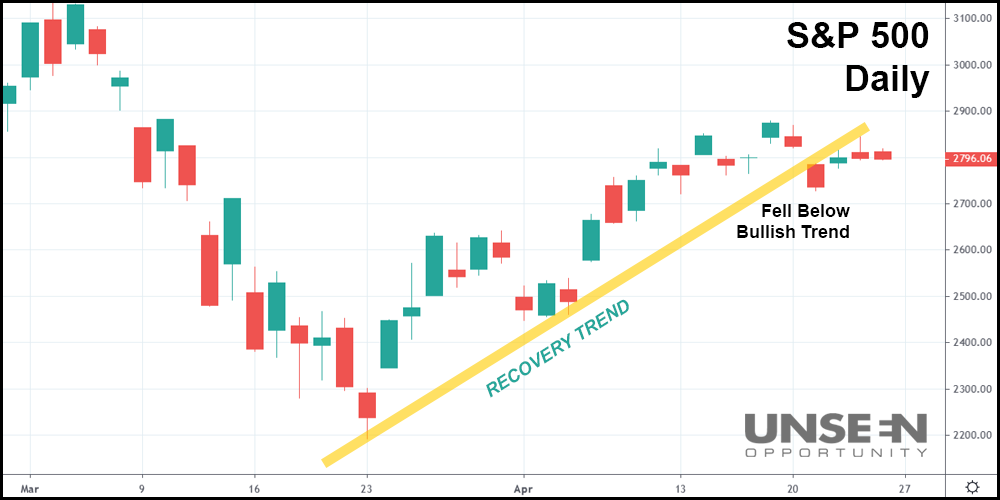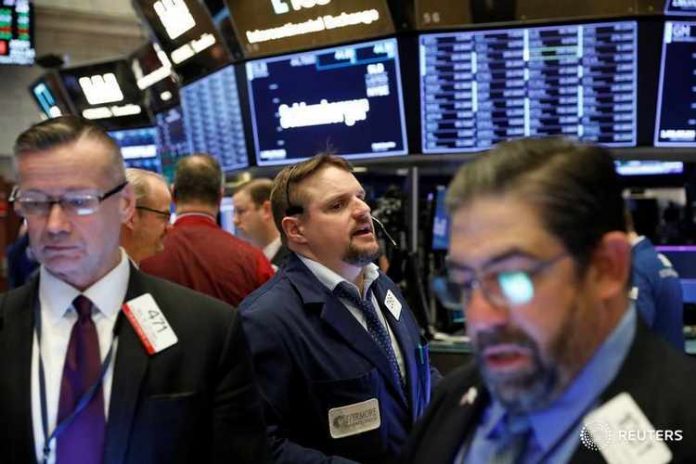After two weeks in the “green,” the market’s going to finish this week in the “red.” Stocks are trading flat today following several COVID-19 treatment setbacks and a plateau in oil prices.
On Thursday, the World Health Organization (WHO) accidentally leaked a Chinese study that found remdesivir, Gilead Science’s (NASDAQ: GILD) anti-Ebola drug, to be ineffective as a coronavirus treatment solution. Just last week, a University of Chicago Medicine study suggested that remdesivir was in fact effective.
Gilead fired back at the study’s findings, saying that it wasn’t properly conducted. Moreover, that its results should be taken with a grain of salt.
Additional remdesivir trials are ongoing. Their findings will help clarify the situation.
“I say wait until the American studies come out,” tweeted CNBC’s Jim Cramer.
“University of Chicago study is a lot more rigorous. I would stick with that. You don’t have to believe it […] but this is the third time the Chinese have said the drug doesn’t work.”
Then, this morning, investors learned a Brazilian study on chloroquine (and by proxy, hydroxychloroquine) found that it may actually increase COVID-19 mortality rates. The FDA issued warnings on chloroquine and hydroxychloroquine shortly thereafter, deflating any remaining optimism surrounding the drug that President Trump once said had “great potential” in treating the coronavirus.
Worst of all, however, was a retracement in oil prices. The West Texas Intermediate (WTI) crude June futures contract plunged for a daily loss, before rising for a moderate gain at around 10:00 am EST. As of midday, the contract’s price remains mostly unchanged.
Many analysts view oil as a limiter for American stocks. If the oil recovery’s over, so too is the post-crash rally.
“Looking ahead, it’s still all about demand for oil right now, and so far there is little evidence to support the idea that consumer growth is going to rebound anytime soon,” said Tom Essaye, founder of The Sevens Report.
And as frustrating as all of that may sound, this week’s setbacks – remdesivir, chloroquine, and oil – could also serve as the preamble for a rally “re-boot” next week.

Yes, it sounds unlikely following a slew of negative headlines, but given the market’s recent movement (represented by the S&P 500), it’s also a distinct possibility.
Last Tuesday, the S&P 500 fell below its bullish recovery trend, signaling a possible correction in the days to come. On Monday, the WTI crude May futures contract had just gone negative – an unprecedented event. Investors were not feeling overly optimistic.
However, on Wednesday, stocks posted a small gain. Thursday came and the market traded “flat,” like it’s doing today.
As long as the S&P doesn’t drop below the low from Tuesday, the current rally should remain very much alive.
Don’t be surprised to see the index soar to 2,900 if another American university finds that remdesivir is an effective COVID-19 treatment.
That doesn’t mean stocks will continue rising indefinitely, however. If oil is still “stuck” by the end of next week, share prices will likely be, too.
But so far, this week’s bad news has been unable to truly wound the market. The moment sentiment shifts, the rally will be back.
Potentially sooner than most analysts, investors, and experts think it will.







